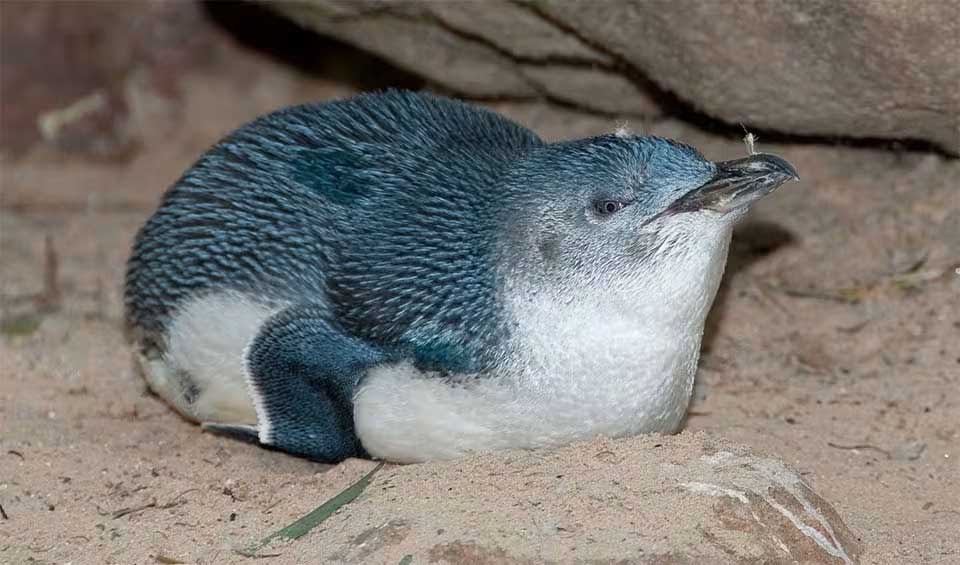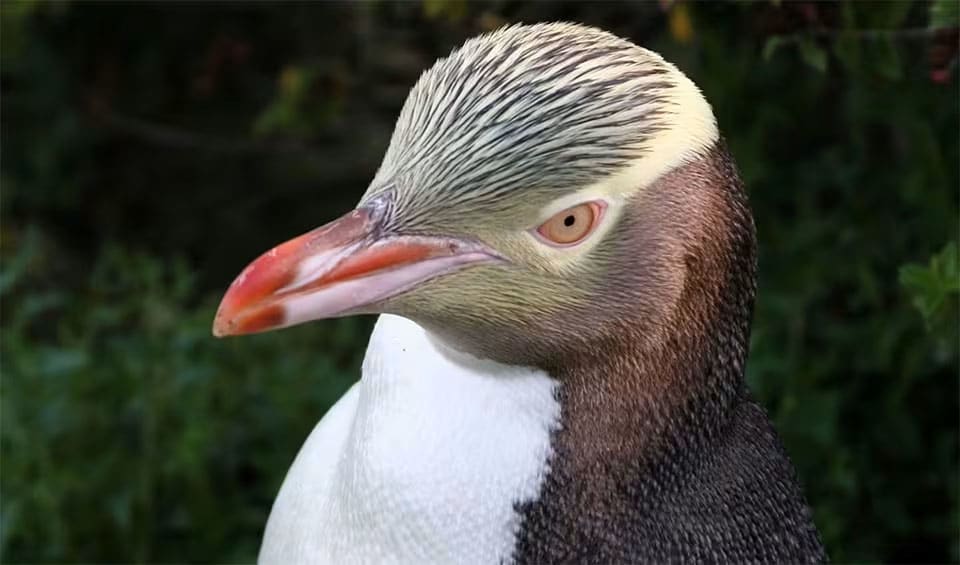Spheniscidae – Penguins
Did you know that some species of penguin are found in forests?
These birds are exclusively native to the Southern Hemisphere, with species distributed from the ice shelves of Antarctica to the balmy Galápagos Islands on the equator.
Penguins are highly specialized for an aquatic lifestyle. They are flightless, with their wings evolved into flippers that make them expert swimmers. Underwater, they are agile and fast, using their flipper-like wings in a flying motion to propel themselves while chasing prey such as fish, krill, and squid. The shape and muscular structure of these wings are adapted perfectly for swimming but are not capable of airborne flight.
On land, penguins have an upright, bipedal stance, which, combined with their short legs positioned far back on their bodies, leads to their characteristic waddle. This waddling gait is an energy-efficient way for them to move on land, although it may appear comical to human observers. Some species will hop or use their flippers to steady themselves or push forward in rocky or steep terrain.
Penguins have a thick layer of blubber and dense, waterproof feathers that provide insulation against the cold waters and climates of their environments. This adaptation is significant for species living in Antarctic conditions, where temperatures can plummet well below freezing.
Penguins are also known for their social behavior and colonial lifestyle. They breed in large colonies that provide safety in numbers from predators, and their breeding rituals include elaborate displays and vocalizations unique to each species. Nests vary from simple scrapes in the ground to elaborate structures built with stones and vegetation.
Historically, penguins faced hunting pressures for their meat and oil, with some species experiencing significant population declines. Today, most species are protected by law, but they still face numerous threats, including climate change, which affects their food supply and breeding habitats; oil spills; overfishing; and human disturbance.
Genera in this family
The genus of penguins with yellow tufts of feather
The genus of pink-patched penguins
The genus of ill-tempered tuxedo penguins
The genus of royal penguins
A blue, small wonder of the penguin world
The vanishing yellow-eyed penguin







